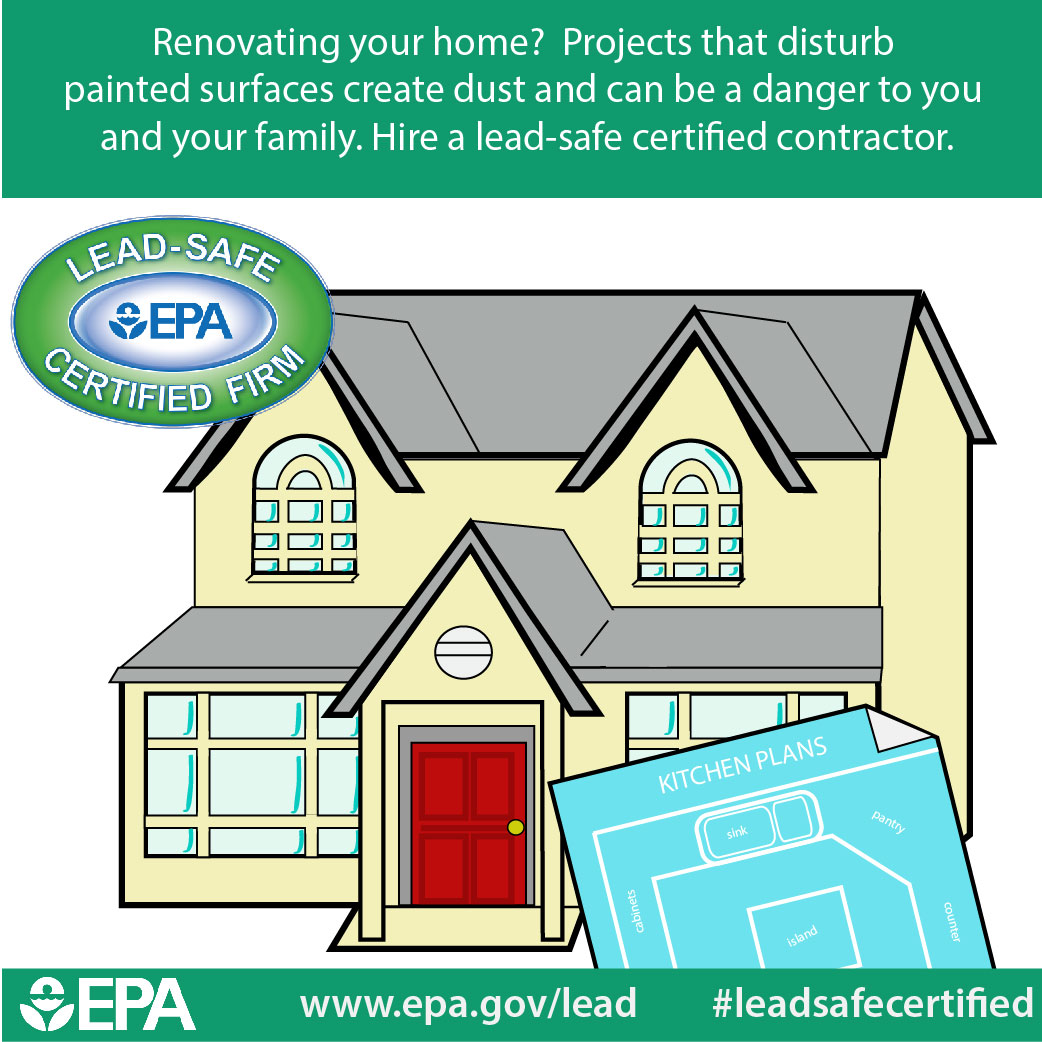Systematic Strategy To Preparing Your Walls Before Paint
Systematic Strategy To Preparing Your Walls Before Paint
Blog Article
Created By-Grace Lindberg
When you're prepping your wall surfaces for paint, it's critical to adhere to a methodical procedure to guarantee a flawless surface. Start by examining browse this site for any type of damages; this action can make or break your task. As soon as you have actually identified any kind of concerns, cleaning the surface area effectively is essential, as an unclean wall can affect paint attachment. After mouse click the next internet page , you'll need to patch any blemishes and use a guide. But there are specific methods and ideas that can elevate your prep work game-- let's check out those more to attain the best results.
Assessing Wall Surface Condition
Before you order your paintbrush, take a minute to analyze your wall surfaces' problem. Look for any kind of visible damages like fractures, openings, or peeling paint. These blemishes can impact exactly how the paint sticks and looks as soon as it's dry. If you notice any kind of substantial damages, you'll require to focus on fixings before diving right into painting.
Look closely at the texture of your walls. Is the surface area smooth, or is there structure that might call for unique factor to consider? Smooth wall surfaces usually need much less preparation, while distinctive surfaces might need even more time to paint evenly.
Likewise, think about the previous paint work. If please click the up coming document is glossy, it mightn't permit brand-new paint to stick effectively. You'll need to know if your walls have been repainted with oil-based or water-based paint, as this can affect your choice of guide or paint.
Finally, remember of any kind of dampness issues. If you see signs of water damage or mold, address these troubles instantly to avoid more issues.
Cleansing the Surface area
Once you've assessed the condition of your wall surfaces, the next action is cleaning up the surface. Begin by gathering your supplies: a bucket, cozy water, a light cleaning agent, a sponge or fabric, and a scrub brush for harder spots.
Begin at the top corner of the wall surface and work your way down. Mix the cleaning agent with cozy water in your pail, after that dip the sponge or cloth into the solution. Wring it out to avoid excessive dampness on the wall surfaces.
As you clean, pay very close attention to areas that might've gathered dust, oil, or finger prints. For stubborn spots, use the scrub brush carefully to avoid damaging the paint beneath. Wash your sponge or cloth often in tidy water to avoid spreading dirt around.
After cleansing, it's important to wipe the walls with a damp towel to eliminate any soap residue. This step makes sure a smooth surface for the brand-new paint to abide by.
Permit the wall surfaces to dry entirely prior to going on to the next prep work actions. This thorough cleaning procedure will certainly assist create a fresh canvas for your painting task, ensuring the very best outcomes.
Patching and Priming
Patching and priming are crucial steps in preparing your walls for a fresh coat of paint. Initially, inspect your wall surfaces for any openings, fractures, or imperfections. Make https://ecochildsplay.com/2012/06/27/seven-tips-for-healthy-painting/ of a top notch spackling substance or patching paste to fill these areas.
Use the substance with a putty blade, smoothing it out so it's flush with the surrounding surface. Allow it to dry entirely, and after that sand it gently until it's smooth and even.
As soon as you've patched every little thing, it's time to prime. Guide aids secure the covered locations, making sure the paint adheres properly and supplies an uniform coating. Select a primer suitable for your wall kind and the paint you'll be using.
Use the guide making use of a roller for larger locations and a brush for corners and edges. If your patched locations are dramatically large or permeable, you could wish to use a 2nd layer of guide after the first one dries out.
After priming, let everything dry extensively before moving on to painting. This preparation won't just enhance the look of your wall surfaces however additionally prolong the life of your paint work.
Take your time, and you'll be pleased with the results.
Conclusion
By adhering to these easy steps, you can achieve a smooth and professional finish on your walls. Beginning by evaluating their condition, after that tidy and spot any type of blemishes prior to applying primer. Bear in mind to enable ample drying time and make sure every little thing is smooth prior to you study painting. With the right preparation, you'll establish the stage for a gorgeous makeover in your space. Currently, gather your supplies, take in the fresh air, and get ready to repaint!
